Hue Imperial City
Inside Vietnam’s last royal dynasty
The Hue Imperial City ranks among Vietnam’s most fascinating historical treasures. This magnificent complex served as the political and cultural heart of Vietnam during the Nguyen Dynasty.
Located in Hue, central Vietnam, the Imperial City earned its UNESCO World Heritage status in 1993, recognising its exceptional cultural significance.
The journey through time
The Nguyen Dynasty established the Hue Imperial City in 1802, making it Vietnam’s capital for nearly 150 years.
The Imperial Enclosure, spanning 520 hectares, showcases traditional Vietnamese royal architecture at its finest. Each building within the complex tells a story of power, culture, and artistic excellence.
The golden age of the Imperial City flourished under Emperor Gia Long’s reign. Subsequent rulers continued to expand and enhance the complex, creating an architectural masterpiece that blended Vietnamese, Chinese, and European influences. However, the site faced significant damage during conflicts, particularly in 1947 and 1968.
Architectural magnificence
The Imperial Enclosure features imposing walls stretching ten metres high and 2.5 kilometres in length. Ten ornate gates once controlled access to this royal sanctuary. The Ngo Mon Gate, the main entrance, remains one of the most impressive structures in the complex.
Inside the Imperial Enclosure, traditional culture comes alive through intricate details and symbolic elements. The Thai Hoa Palace, with its 80 carved columns, exemplifies the sophisticated craftsmanship of Vietnamese artisans. Red and gold dominate the colour scheme, reflecting royal authority and prosperity.
Heart of royal power
The Forbidden Purple City once stood as the most exclusive section of the Imperial City. This inner sanctum housed the royal family and served as the emperor’s private residence. Though many buildings haven’t survived, the remaining structures provide insights into royal life during the Nguyen Dynasty.
Cultural preservation
Today, the Hue Imperial City continues its role as a symbol of Vietnamese history and architectural excellence. Conservation efforts focus on preserving the surviving structures while reconstructing damaged sections according to historical records. The site attracts international attention for its historical significance and architectural beauty.
Local artisans work diligently to restore intricate details using traditional techniques. These preservation efforts ensure future generations can experience the grandeur of Vietnamese royal architecture. The Imperial City’s conservation also supports research into traditional building methods and materials.
Vietnamese history comes alive within these ancient walls. Each restored building adds another chapter to the story of the Nguyen Dynasty and its influence on modern Vietnam. The Imperial Enclosure serves as an educational resource, helping people understand Vietnam’s rich cultural heritage.
Cultural significance today
The Imperial City’s influence extends beyond its physical structures. Traditional festivals and ceremonies still take place within the complex, maintaining centuries-old customs. These events showcase Vietnamese performing arts, including royal court music recognised by UNESCO as intangible cultural heritage.
Local guides share stories passed down through generations, enriching the historical narrative of the Nguyen Dynasty. The Imperial Enclosure houses museums displaying royal artifacts, from ceremonial objects to everyday items used by the royal family. These collections provide valuable insights into court life and royal traditions.
The Forbidden Purple City’s restoration particularly interests historians and architects studying ancient Vietnamese construction techniques. Ongoing archaeological work continues to uncover new details about life within the royal compound. Each discovery adds to our understanding of this remarkable period in Vietnamese history.
Contemporary artists draw inspiration from the Imperial City’s designs and motifs, incorporating traditional elements into modern works. This cultural exchange ensures the legacy of the Nguyen Dynasty remains relevant in modern Vietnam. The site’s influence on Vietnamese art and architecture continues to evolve, bridging past and present.
- One of several cannons near the city entrance
- Today was school visit day
- The West Gate (Bastion)
- The Queens Palace
- Exterior of Hung To Mieu Temple of the Resurrection
- Interior of Hung To Mieu Temple of the Resurrection
- The bonzai on display were amazing

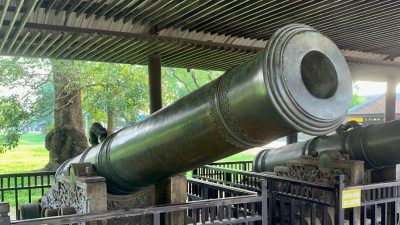


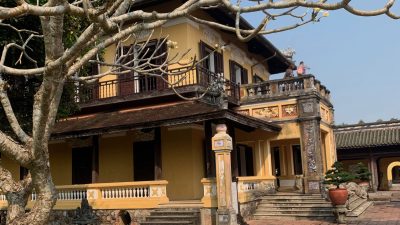
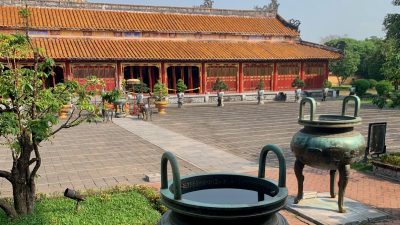
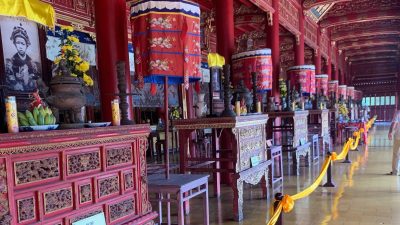
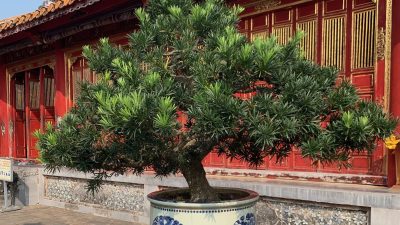
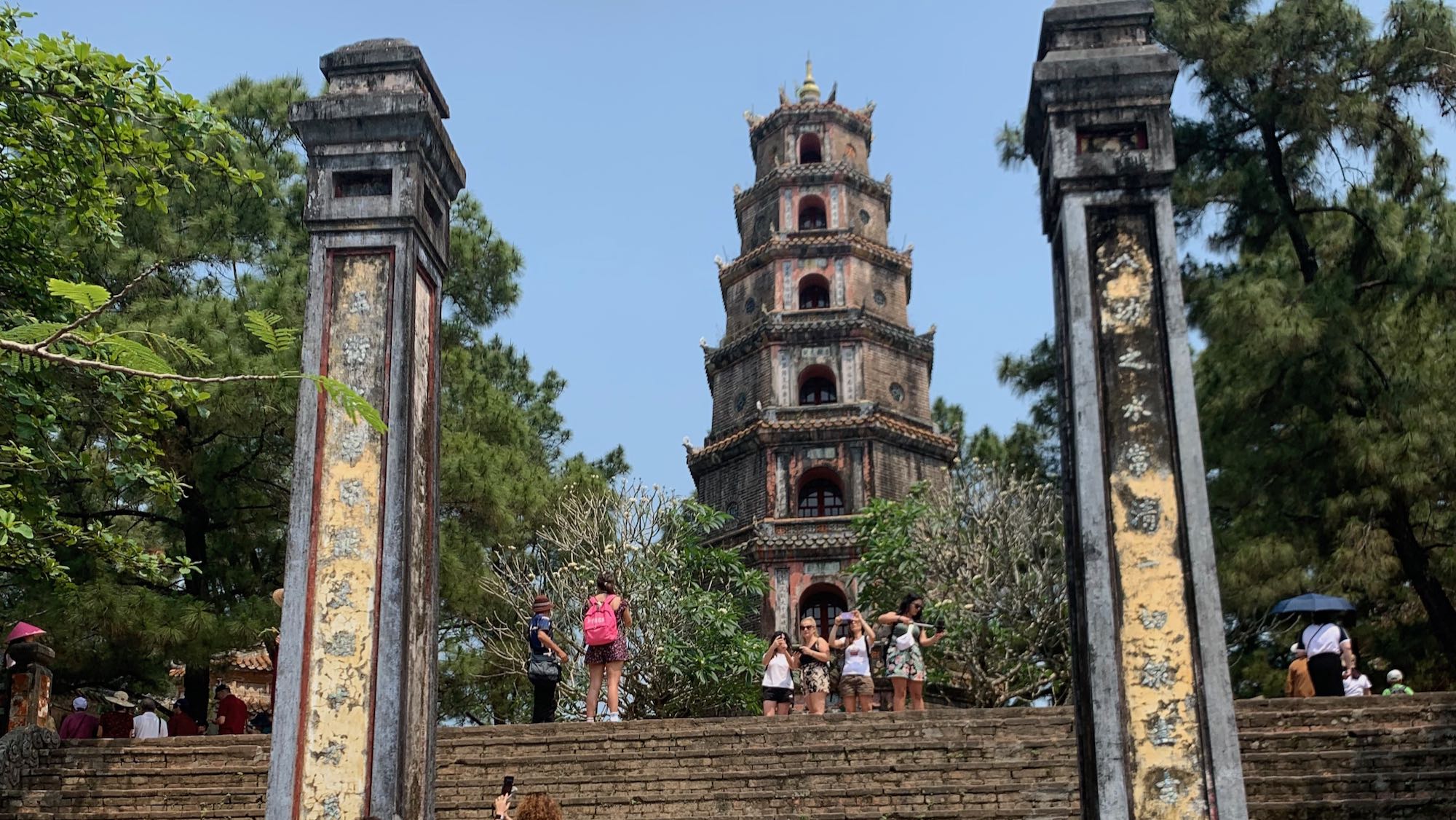



Leave A Comment